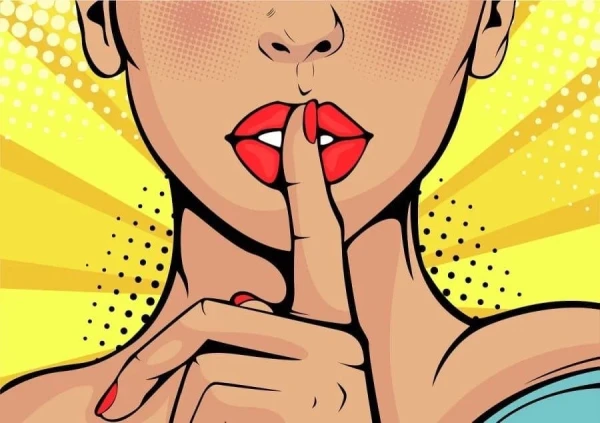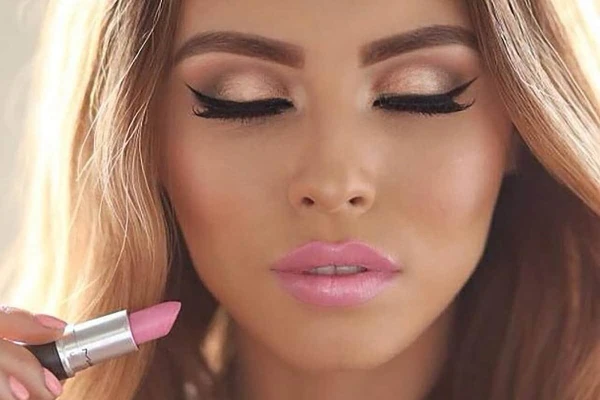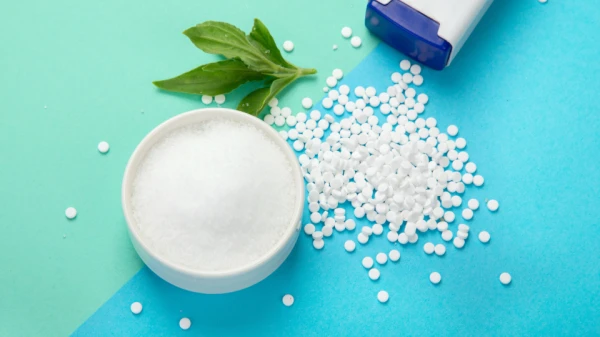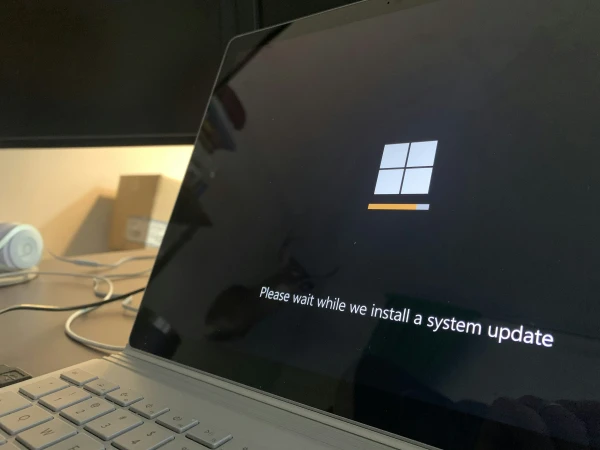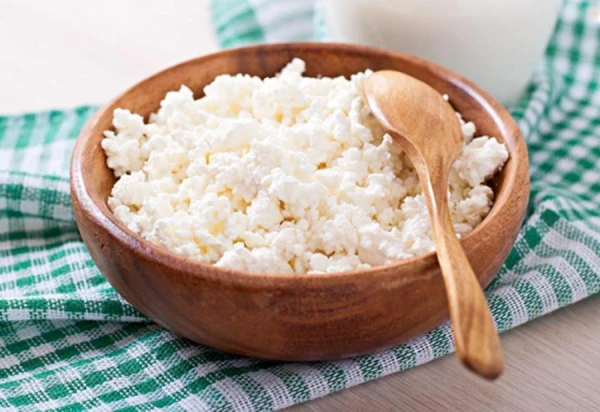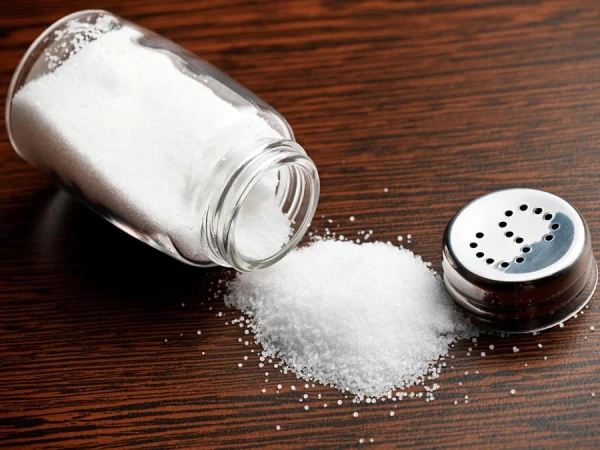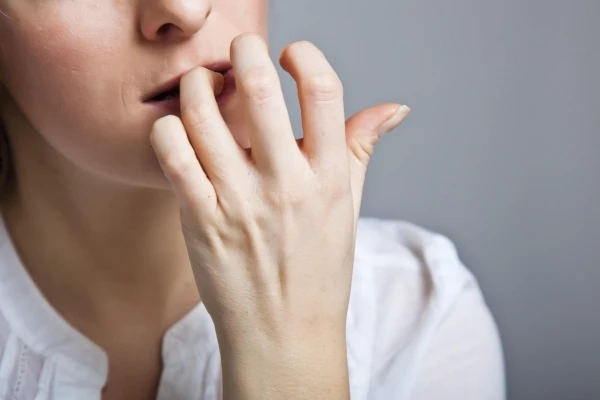
Nail biting is one of the most common and at the same time most persistent habits in the world. It can be found in both children and adults — statistically, it affects one in three adults and nearly half of children worldwide; even celebrities are not immune to the urge to put their fingers in their mouths — Kate Middleton, Kristen Stewart, Megan Fox, Miley Cyrus, and others.
Doctors call it onychophagia, and it is often driven by anxiety, boredom, fatigue, or the need to relieve internal tension. However, despite its seemingly harmless nature, the habit harms both the body and self-esteem. Psychologist Radmila Bakirova explained what to do in such a situation.
Why It Is Dangerous
By biting their nails, a person transfers numerous bacteria and fungi into their mouth, which can cause inflammation of the gums, oral cavity, and stomach. Constant trauma to the nail bed leads to nail deformities, hangnails, cracks, and in severe cases, inflammation of the skin around the fingers. Moreover, this harmful habit creates a closed cycle of stress: a person feels anxious — bites their nails — gets angry at themselves for it — and feels anxious again.
Understand the Cause, Not Just the Symptoms
The habit almost always has emotional roots. For children, it may be a reaction to boredom, fatigue, or internal struggles; for adults, it may stem from stress or perfectionism, primarily their own. "It is helpful to track when the hand reaches for the mouth: during movies, work, reading, or in a conflict situation. Sometimes, simply recognizing the trigger is enough to start controlling it — or to replace it with a neutral action: squeeze a stress ball, take a few deep breaths, or massage the fingers," the expert explains.
Form a New Habit with Your Hands
Our hands need to be occupied. If they are engaged in something else, the brain will gradually unlearn the urge to bite nails. "Simple techniques help: doodling or molding something from clay, clicking a pen, knitting, holding prayer beads or a small stone. These can be fine motor practices: handwriting, origami, transferring beads or buttons from one cup to another, and so on," advises the doctor.
Use Physical Reminders
There are special bitter polishes, clear coatings, or even silicone thimbles — anything that prevents the automatic bringing of hands to the mouth. Manicures (including for men) also play a role: well-groomed nails are too precious to ruin. Beautiful nail art in a salon helps women: the novelty effect and the desire to maintain the result; for children — bright stickers or drawings on nails, turning the process of breaking the habit into a game.
Reduce Stress and Work with the Body
Since the habit is most often a form of release, it is important to find other ways to relieve tension. This can include physical activity, breathing techniques, warm hand baths, or short meditation. If the habit does not go away or intensifies with anxiety, it is advisable to consult a psychologist: sometimes onychophagia is associated with neuroses, ADHD, or obsessive states.

